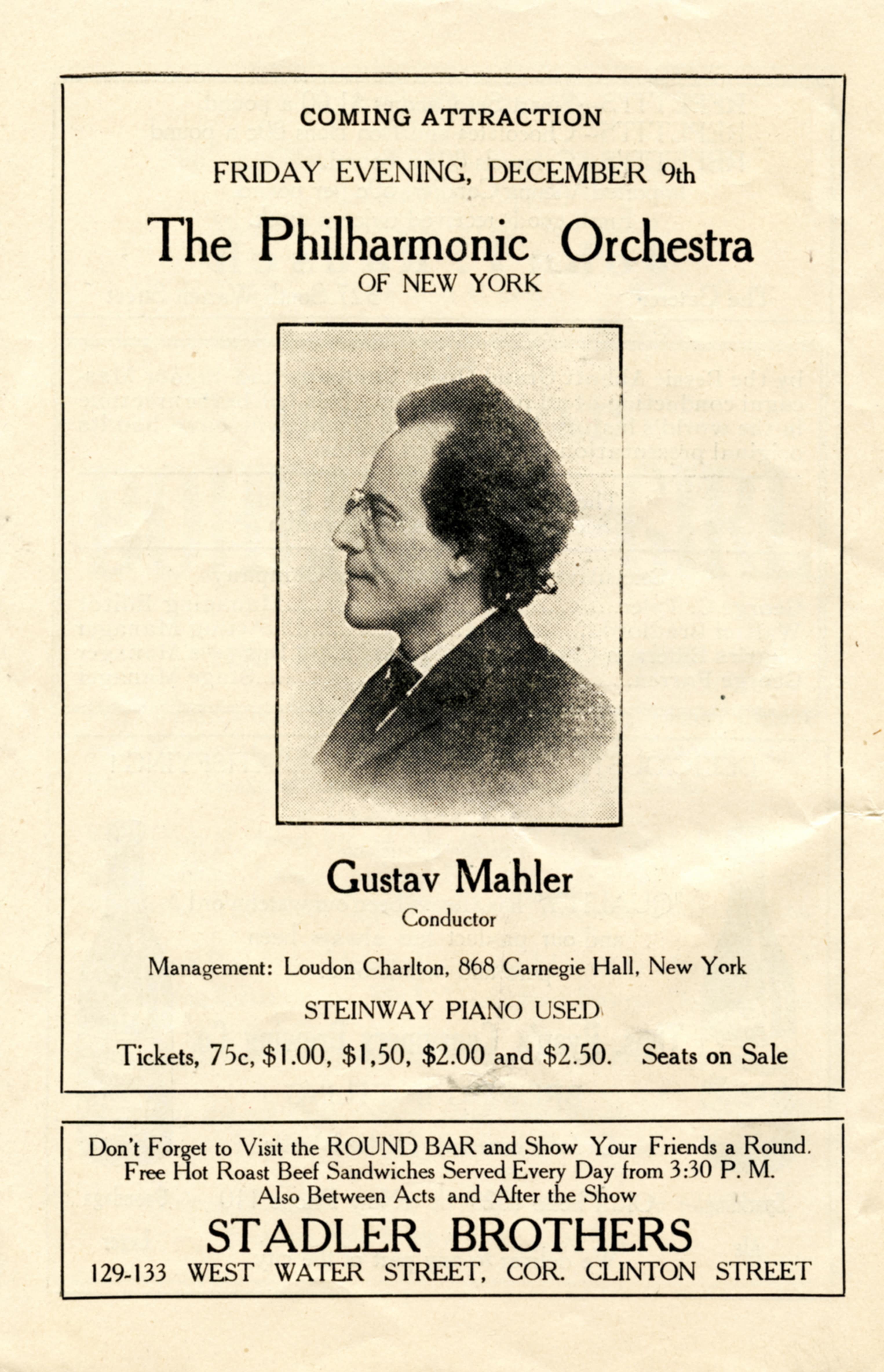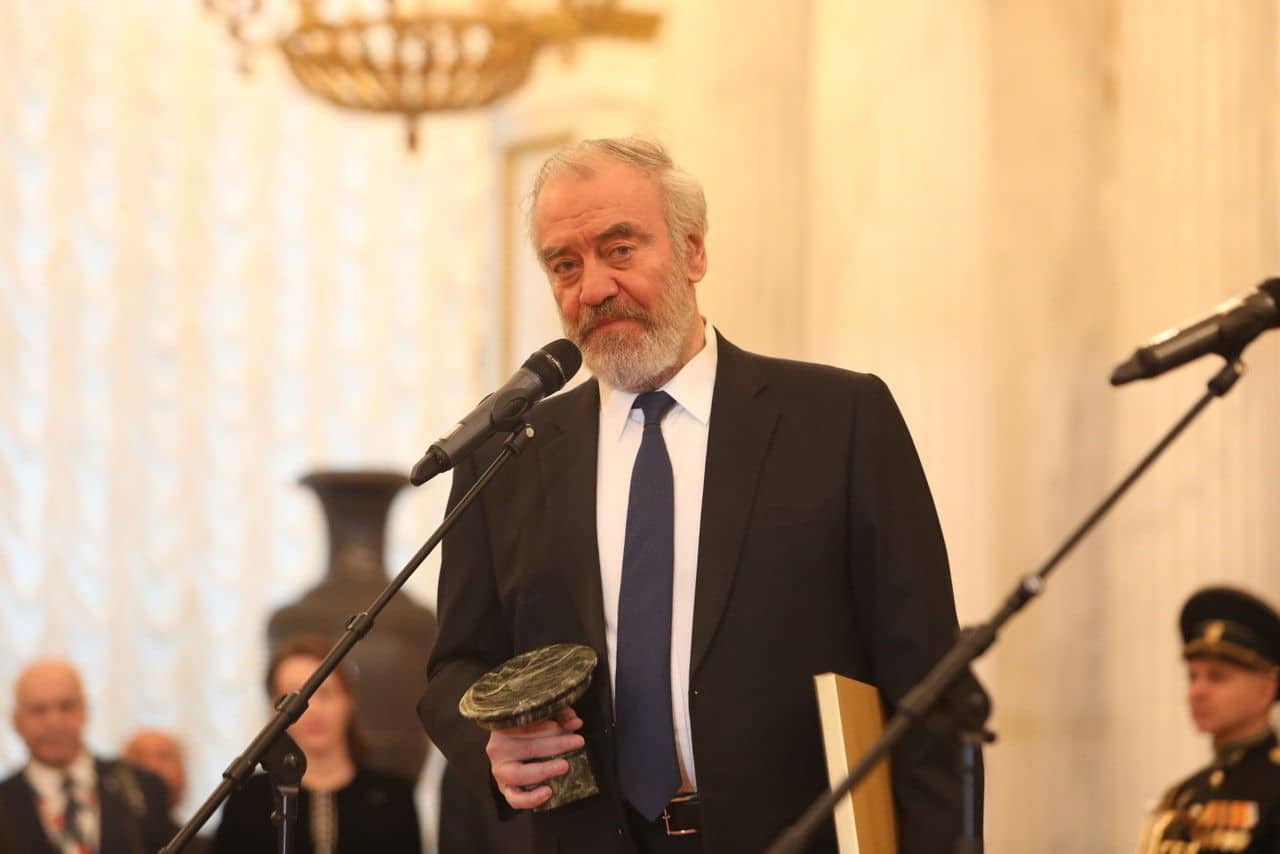Ivory: It’s a war of Pianists vs Islamists
mainSupporters of an ivory ban in the state of Vermont are claiming that al-Shabab in Somalia are profiting from the wholesale slaughter of African elephants. If pianists only stopped demanding ivory keys, they argue, terrorism could be choked off at source. Read here.
Ashley McAvey, an activist from Shelburne who is heading efforts to get a ban passed in Vermont and asked lawmakers to bring the ban bill, said she would like to see legislation similar to the law in New Jersey. She told the Fish, Wildlife and Water Resources Committee that permitting any sales of the materials will encourage an international market that is funding terrorist groups and leading to the likely extinction of African elephants.
“Ivory is ivory is ivory is ivory is ivory,” she said.
Still, Rep. David Deen, the committee chairman, was less certain of the nexus. “People are having trouble connecting their grandmother’s piano with terrorism,” he said.






I hate the killing of elephants and absolutely agree with a total worldwide ban on the transportation, sale, and purchase of any new ivory. However, I don’t see what point there is in banning ivory that has been around for tens or hundreds of years, dating back to a time before people began to care about the possibility of rendering this wonderful species extinct.
I think the problem is that attempts to distinguish between “old” and “new” ivory have not worked out well… in actual practice, in the actual marketplace.
But I didn’t know piano makers were still using ivory.
I’m a former piano technician and worked in one form or another in the business from 1990-1994 and 1997-2004. I know of no new pianos with ivory keys after about 1991.
Exactly.
And even before that when I commissioned my Flemish copy of a harpsichord by Johannes Dulcken from David Rubio in 1976 he insisted we use bone naturals in place of ivory. They have a beautiful texture and patina superior in some ways to ivory. Of course the quality treatment of bone is an art in itself.
My 1976 William Dowd harpsichord after Blanchet has bone tops on the accidentals. Some makers are now using key tops made of casein, which can be formulated to look like ivory.
Spot on. Reusing the ivory keytops is just recycling.